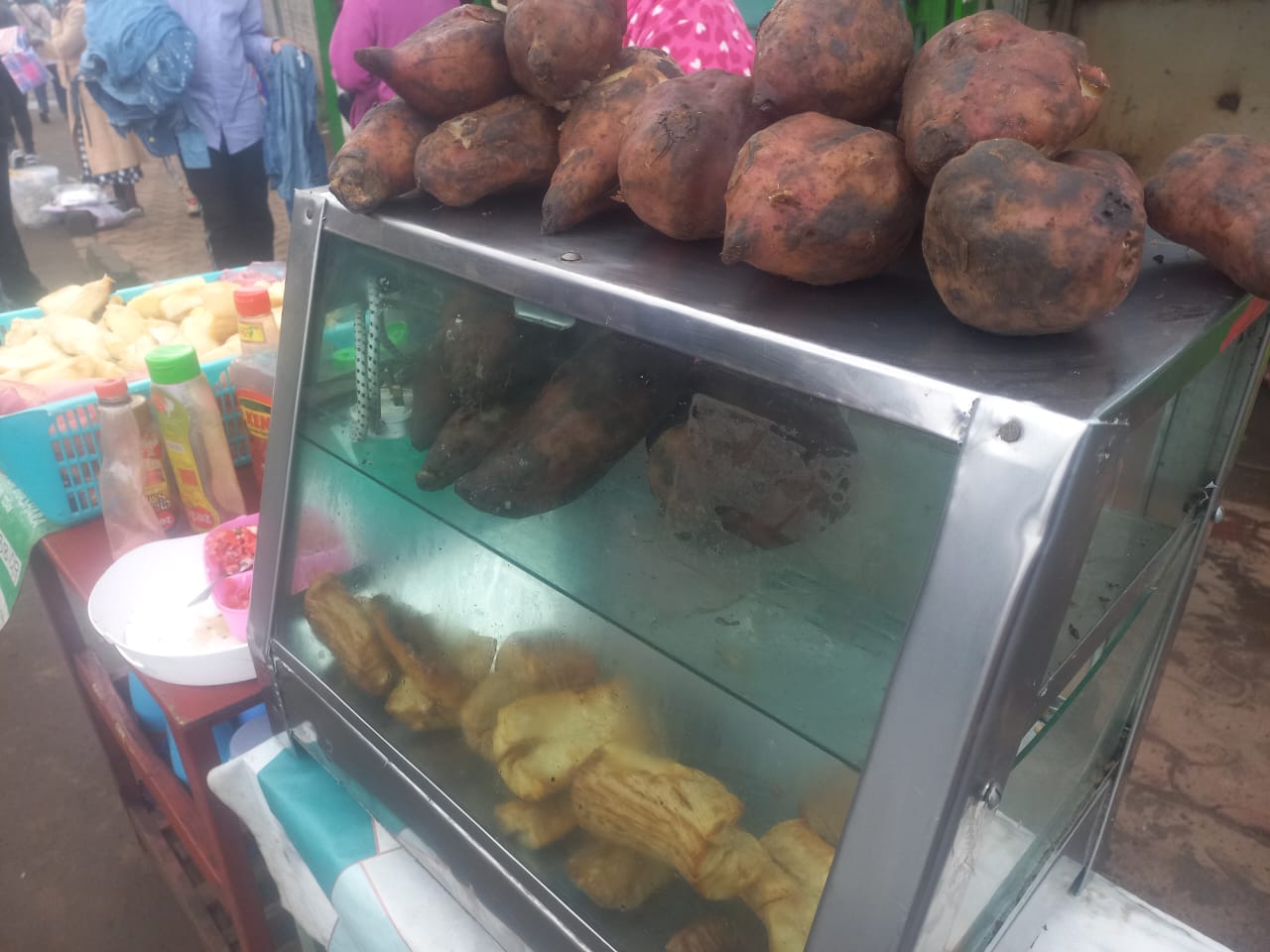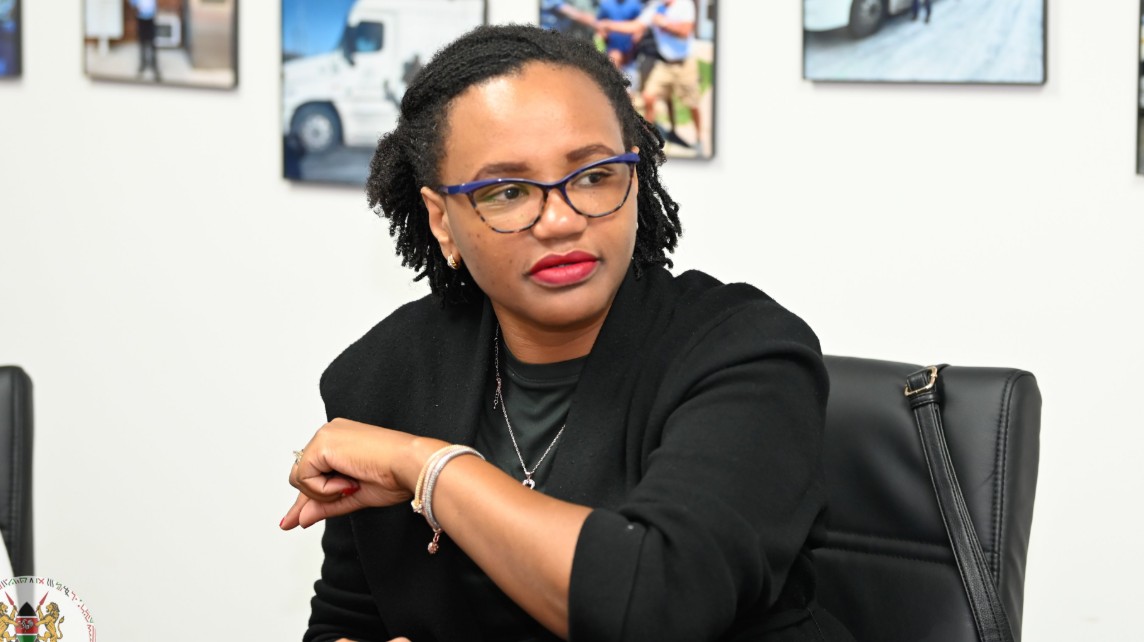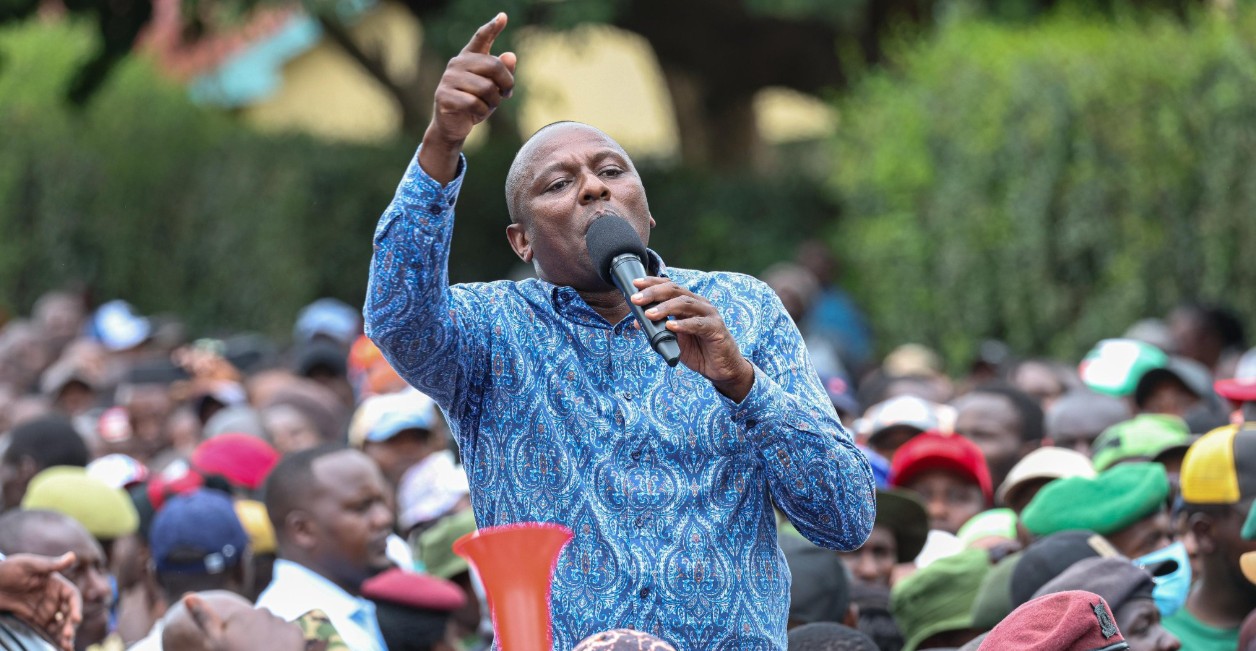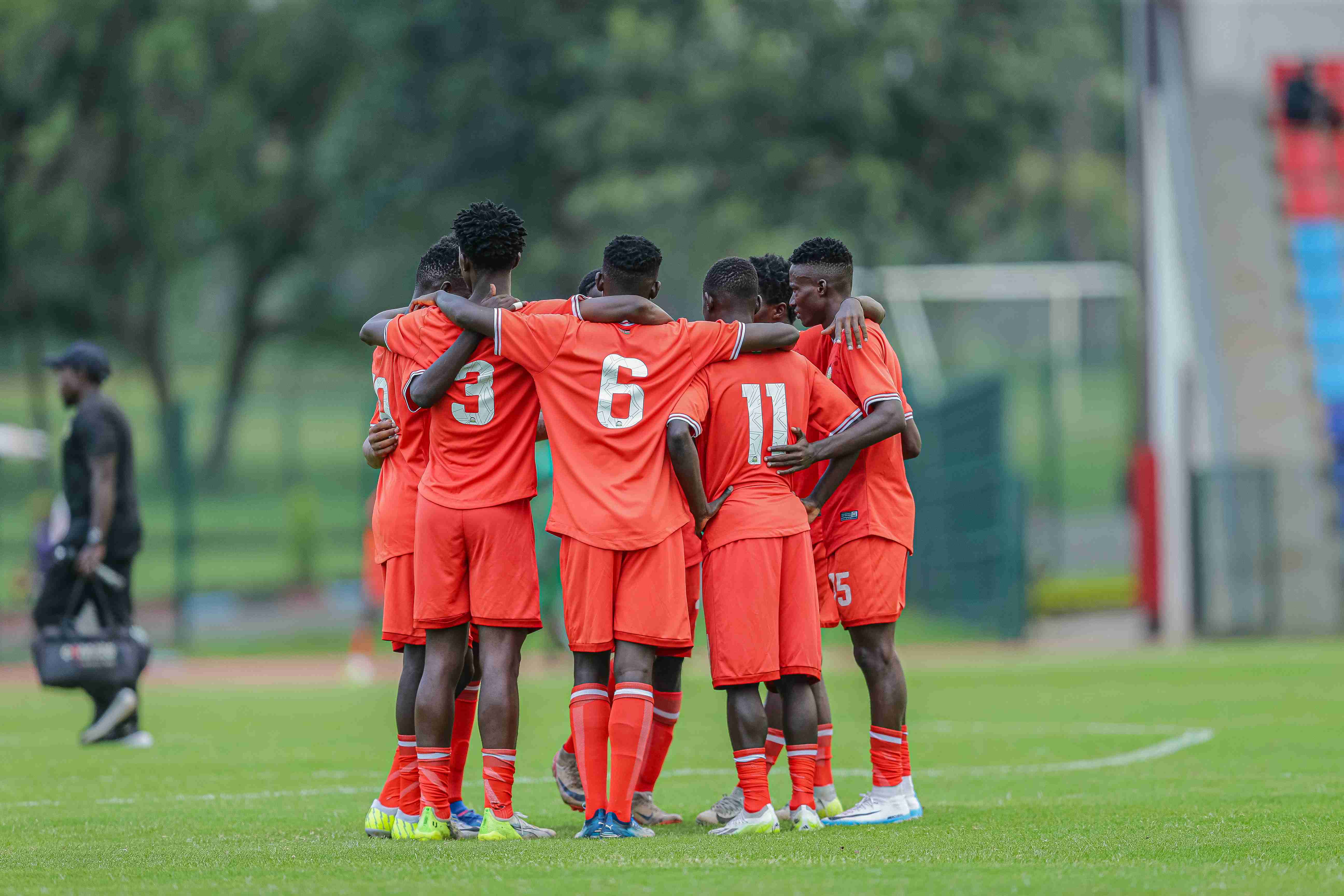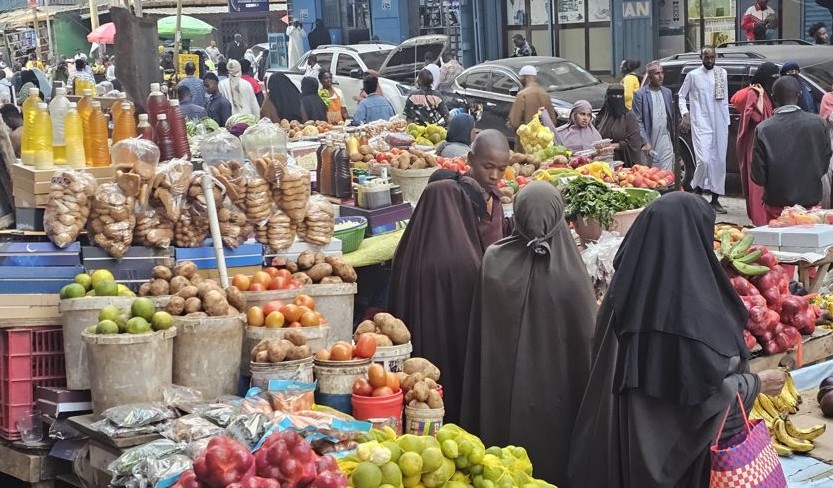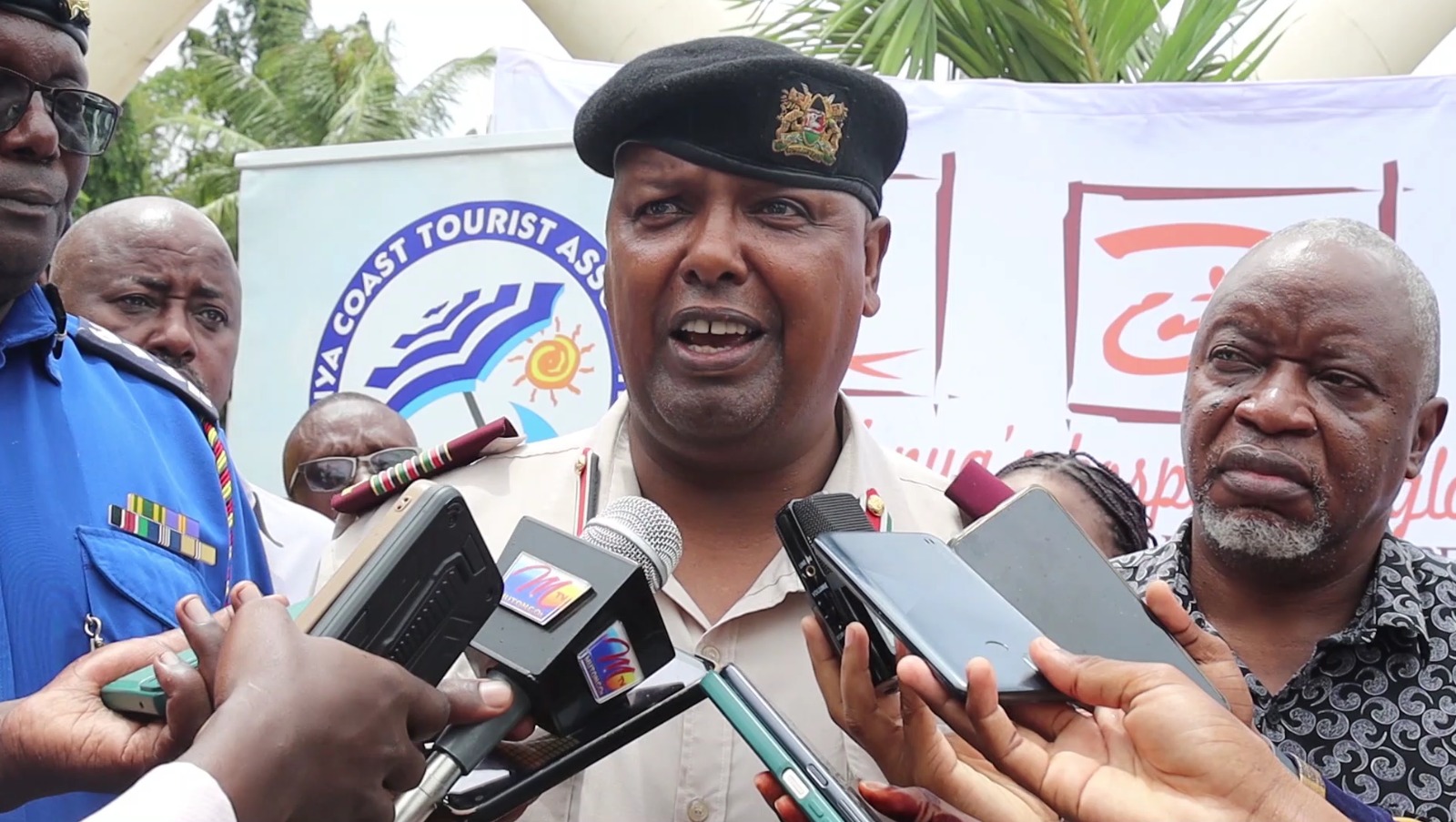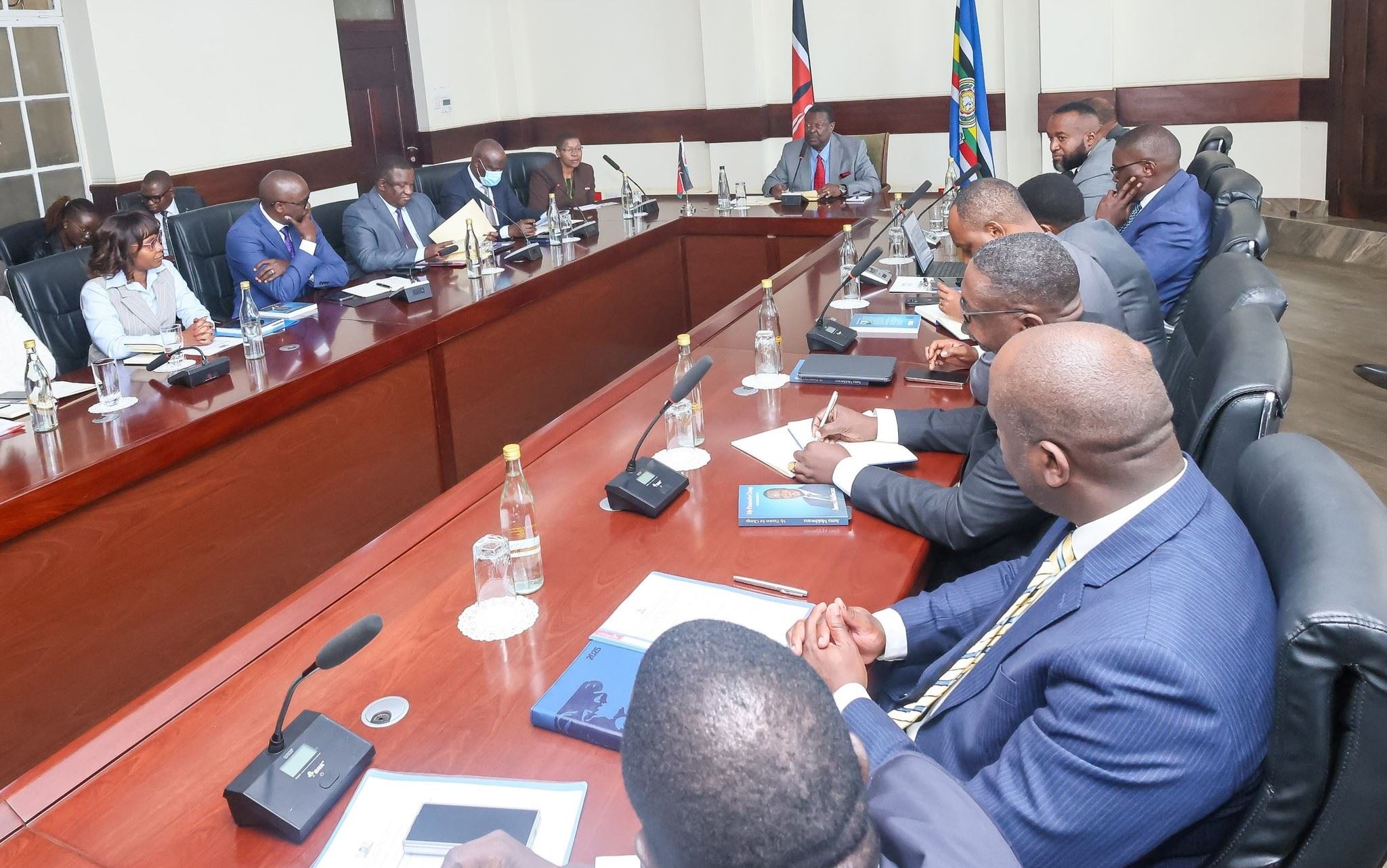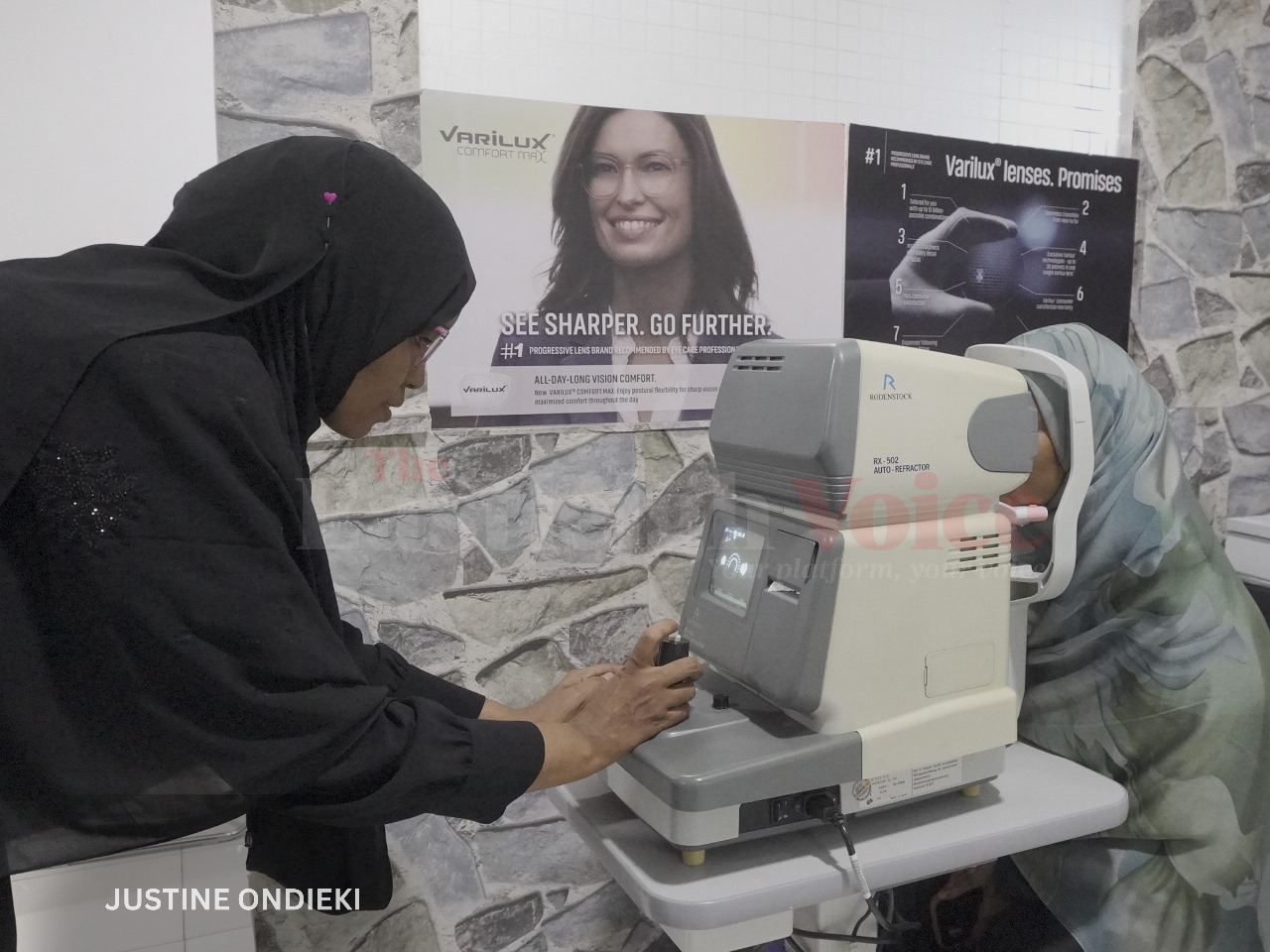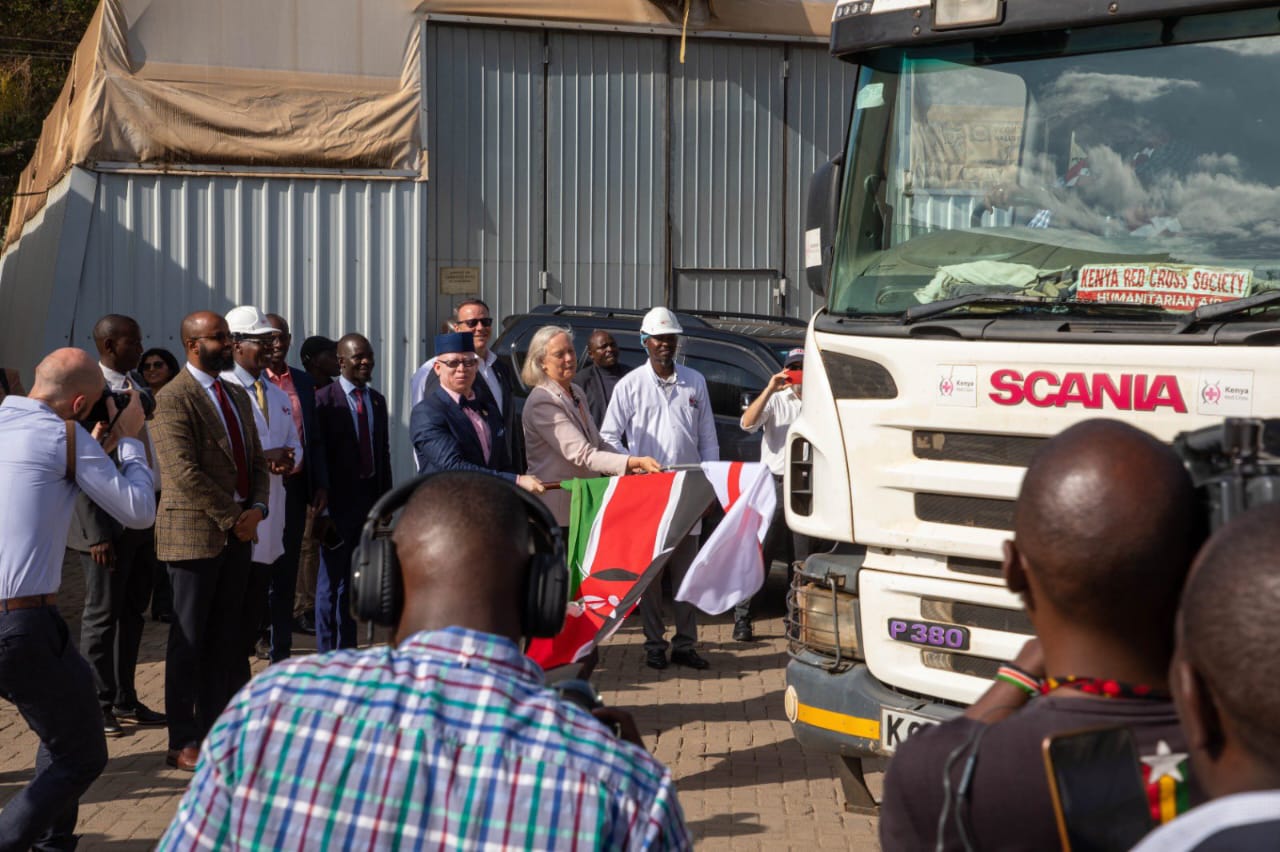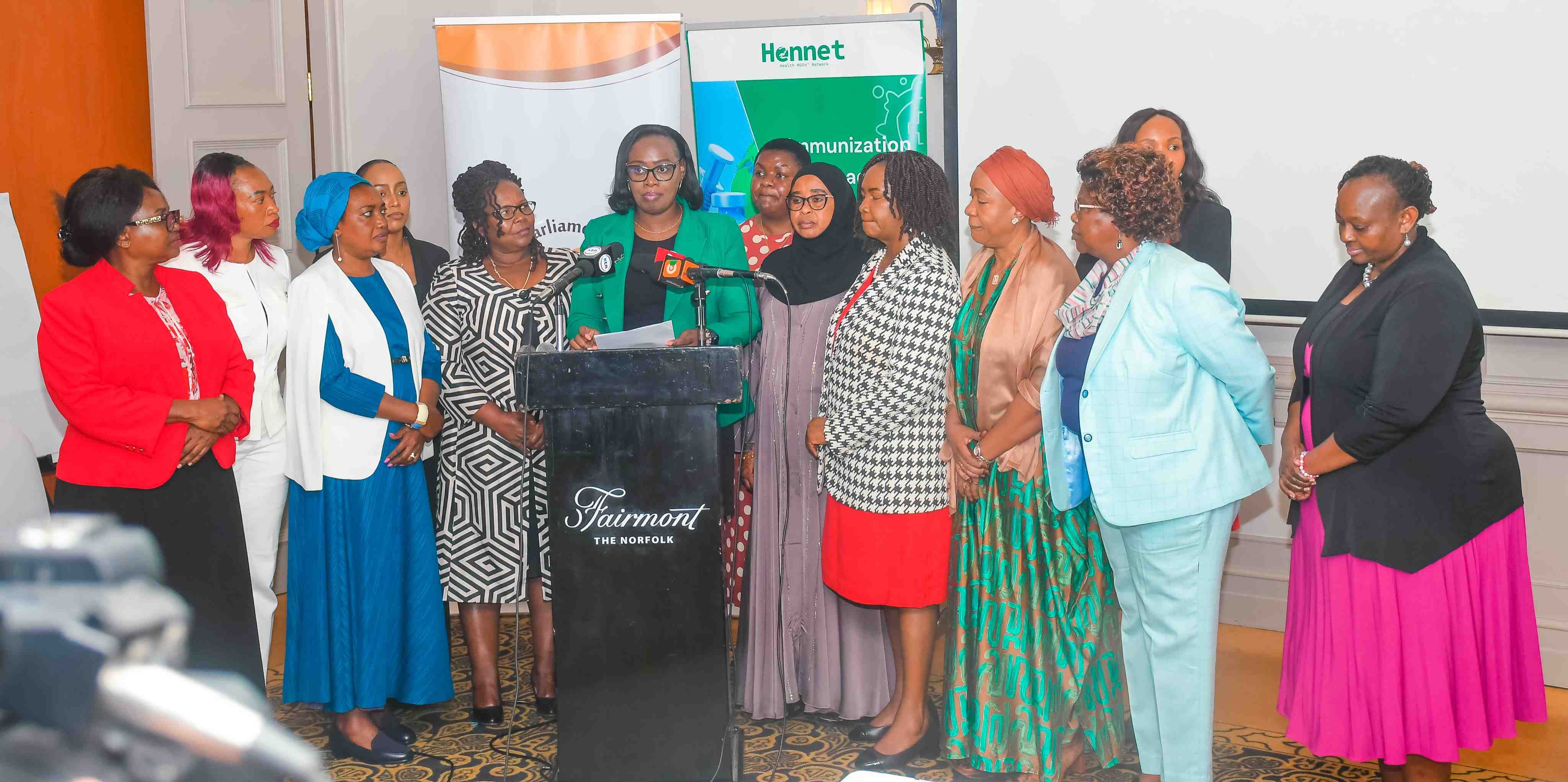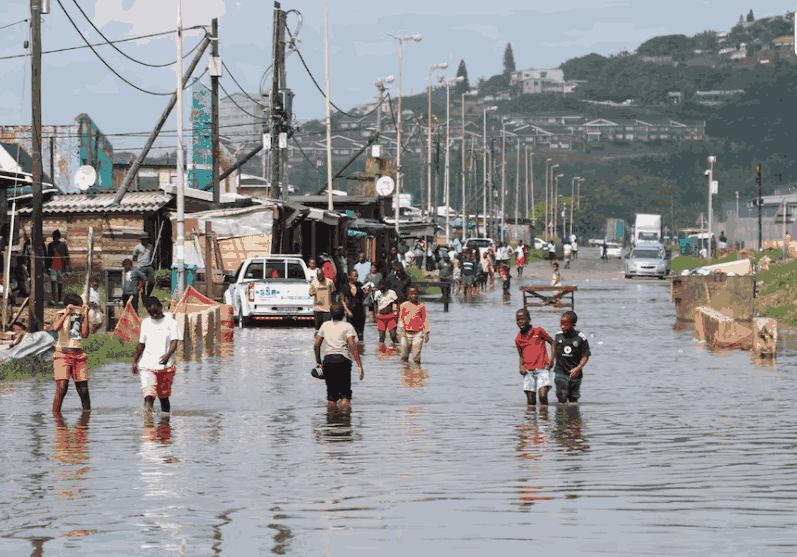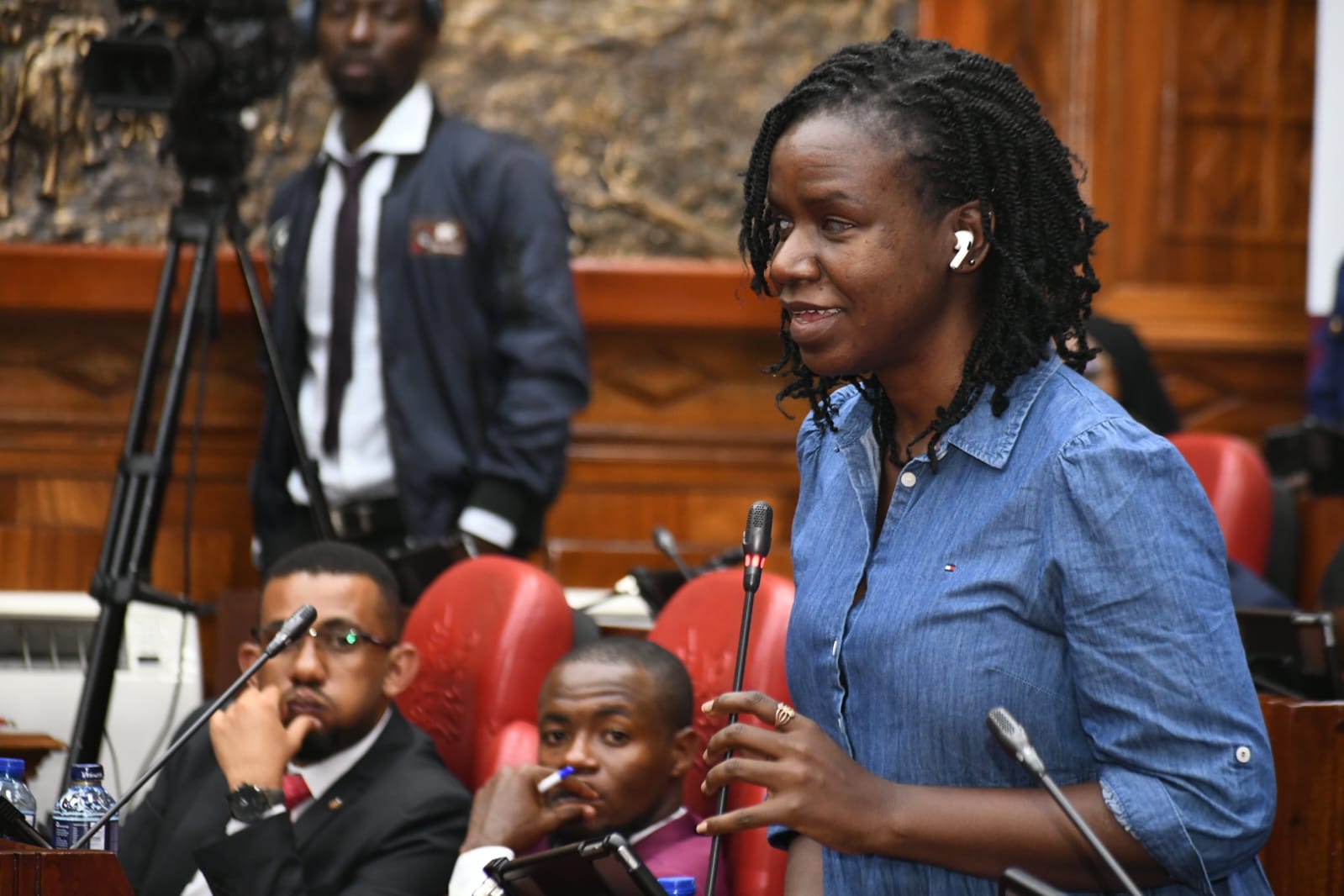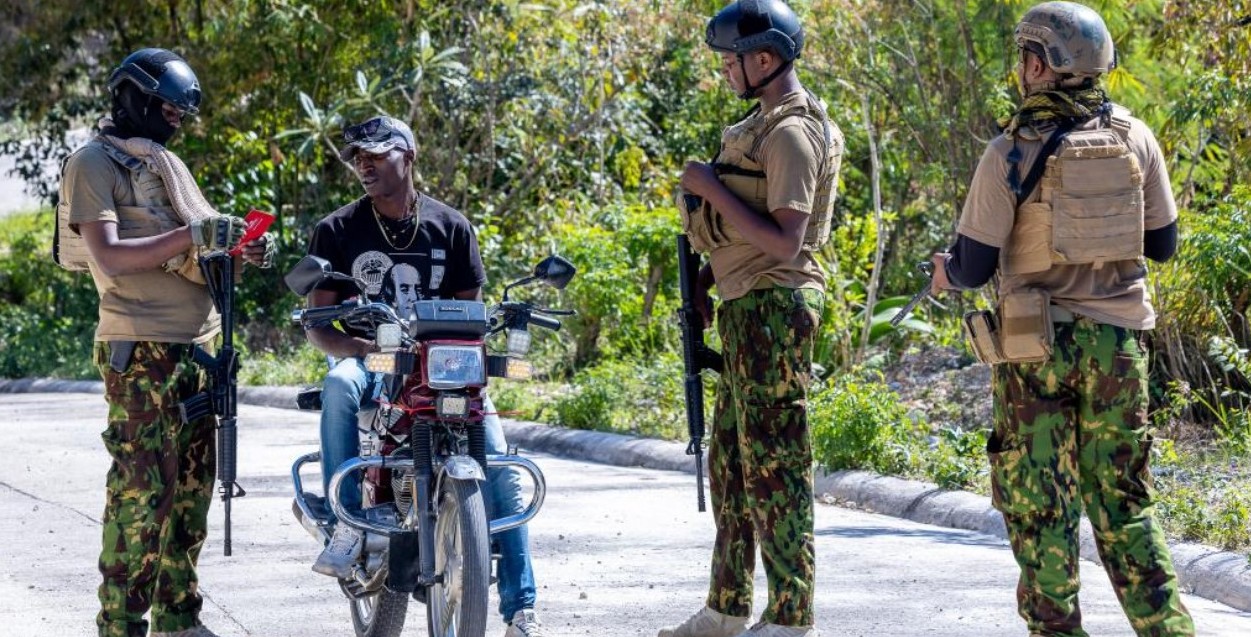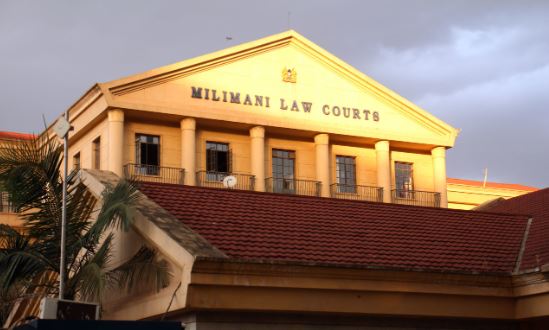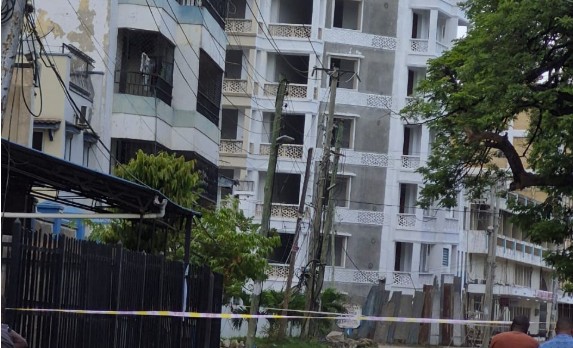Justice remains elusive for Wagalla Massacre victims as last remaining "mastermind" dies, taking secrets to grave
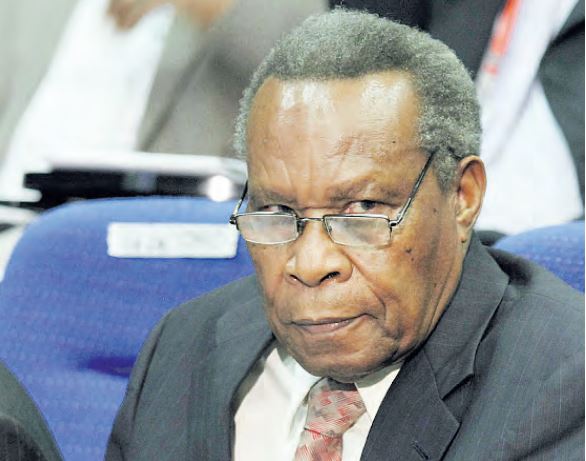
When Kaaria stood before the Truth, Justice and Reconciliation Commission, he exuded neither remorse nor regret.
A costly transition happened silently in the country a fortnight ago. It is that one which has proved the State’s complicity in the mass murder of Northern Kenya residents, famously referred to as the Wagalla Massacre.
When Benson Naaman Kaaria, former North Eastern Provincial Commissioner, died quietly on March 21, 2025, after a long illness aged 91, he took secrets of one of Kenya’s worst killings in history to the grave.
Kaaria, who oversaw the massacre, chaired the Provincial Security Committee, which sanctioned and oversaw the operation.
In a tribunal hearing decades later, he attempted to sidestep responsibility, shifting blame to lower-ranking officers. He denied knowledge of mass killings, even as survivors told chilling stories of bodies rotting in the sun and corpses dumped in riverbeds.
He distanced himself from the horrors, yet newspaper archives captured him issuing chilling threats - warnings of “eliminating” communities, rounding up Somalis into restricted villages, and enforcing curfews with brute force.
The Eastleigh Voice spoke to legal experts on the possibility of the surviving massacre victims ever getting justice despite Kaaria’s death, signaling the possibility that any of the Wagalla Massacre masterminds will ever face justice.
Lawyer Evans Ogada, an expert in international Law and human rights, suggested the release of reports about the injustices such as the Wagalla Massacre, indicating that they should be acted upon.
“We have the Truth, Justice and Reconciliation Report, and other official documents on the Massacre. These must be released and publicly acted on. That can be a starting point,” notes Ogada.
He further suggests possible measures Kenyans can take to address this inaction, such as petitioning the courts.
“Kenyans can file cases in Kenyan courts or regional bodies like the African Court on Human and Peoples' Rights to demand accountability. They can also advocate for the prosecution of surviving perpetrators through the Office of the Director of Public Prosecutions,” notes Ogada.
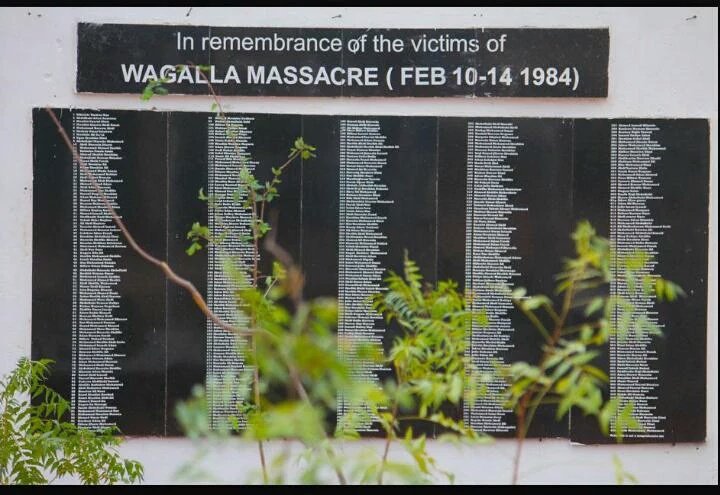 A monument built in honour of the Wagalla Massacre victims in Wajir County. (Photo: Irungu Houghton)
A monument built in honour of the Wagalla Massacre victims in Wajir County. (Photo: Irungu Houghton)
No remorse
When Kaaria stood before the Truth, Justice and Reconciliation Commission, he exuded neither remorse nor regret. He defended the operation to his old age, including justifying the “effectiveness” of the colonial method of communal punishment, expressing little remorse for his actions.
Before Wagalla, he had sanctioned another dishonorable operation in Garissa where locals were rounded up at a local primary school, and their manyattas burned down.
It was, however, the Wagalla massacre of February 1984 which sealed his fate in provincial administration and earned him a place in ignominy. His last public appearance before the Truth, Justice and Reconciliation Commission (TJRC) on June 14, 2011 over the matter, left everyone shocked.
“I cannot apologise,” Kaaria said, adding, “Even if I do, I cannot revive them.”
Kaaria unapologetically described the operation a success, instead only offering sympathies to the victims: “We were satisfied with the operation. After what they did, it was a success. Other than the incident of people dying, it was a success,” he said.
He had landed in Garissa in April 1980 as a fresh PC, from Machakos, where he had been a DC. Among his early pronouncements was a decree that the Somalis who were tired of Kenya could leave and join their brethren in Somalia.
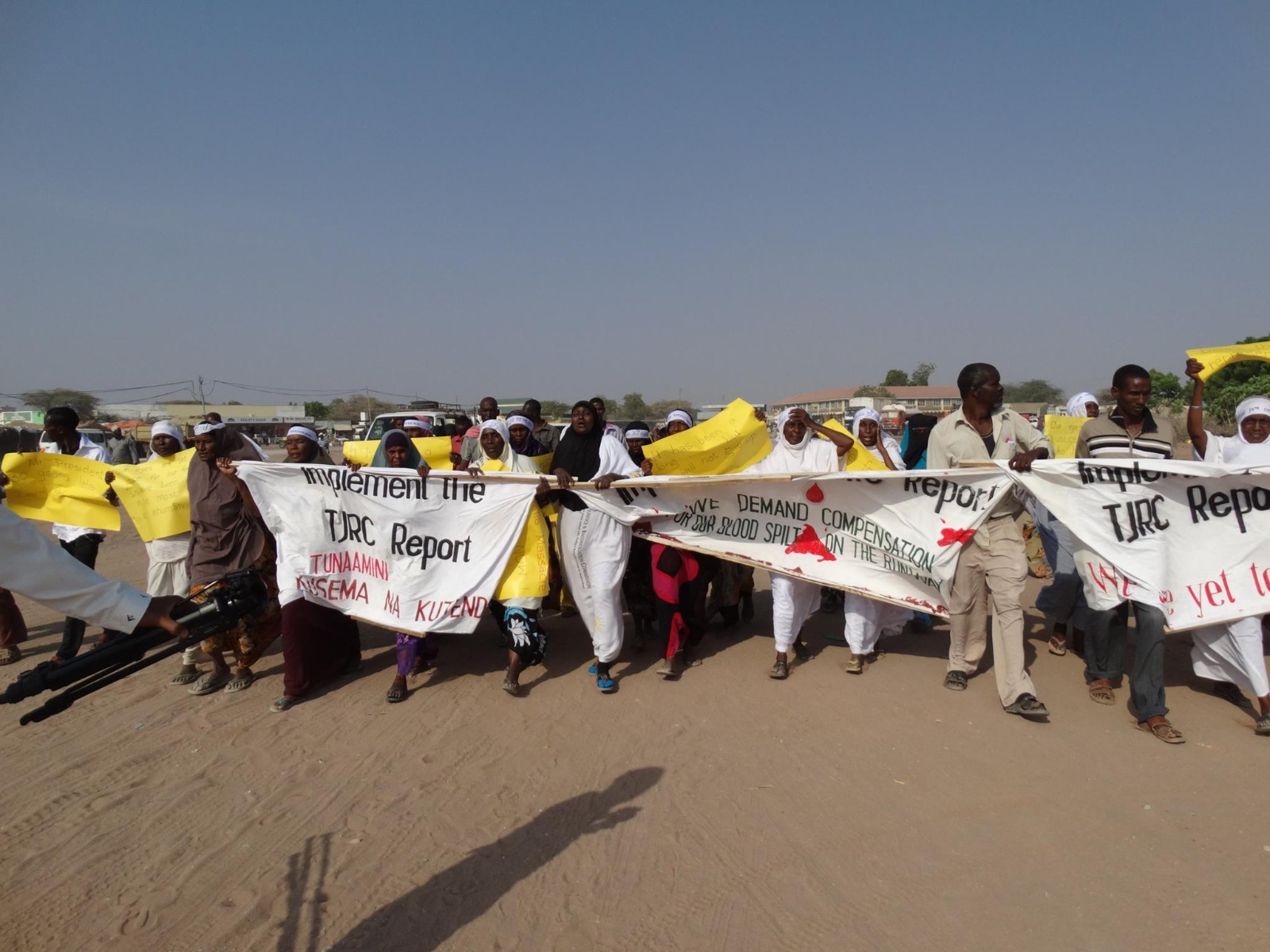 Locals take part in the commemoration of the Wagalla massacre in 2014 in Wajir County. (Photo: Handout)
Locals take part in the commemoration of the Wagalla massacre in 2014 in Wajir County. (Photo: Handout)
For the next four years, the subjects in his jurisdiction would feel the full wrath of the government. The events of Wagalla were triggered by a government order for local warring clans, the Degodia and the Ajuran, to surrender their guns.
He claimed before the TJRC that while Ajurans surrendered their guns, Degodia remained adamant and continued to attack the defenseless Ajurans. To punish them, all Degodia men, including civil servants, were rounded up and transported by military trucks to Wagalla airstrip where they were held and starved for days.
Killings
When they attempted to break out, security men opened fire and killed many of them. Later, they gathered the dead and the injured and dumped them in the outskirts of Wajir. The number of those killed has never been ascertained.
“All Degodia plus stock in Griftu Divisions plus adjacent divisions will be rounded up and will be treated mercilessly. Everybody plus stock will be confined in the area. No mercy will be exercised,” the original operation signal said before Kaaria revised it.
After the massacre, Kaaria was demoted and made the Chair of the Kenya Post Office Savings Bank. At the hearings, he completely refused to acknowledge that this was a demotion.
“You can call it so,” he repeatedly told TJRC Commissioner Prof Tom Ojienda, now a Senator, when he pressed him.
The Wagalla Massacre was the result of an effort to disarm ethnic Somali clans in the north-east of the country. The government claimed that only 57 people were killed, but survivors stated that close to 5,000 people died.
Former Chief Justice Willy Mutunga said he believes the victims will one day get justice. He, however, warned that as long as politicians who were once in the KANU regime remain in power, the victims may not receive justice at all.
"I believe that the victims of the Wagalla Massacre will one day get justice. As long as the KANU dictatorship remains in power, such historical injustices will never be addressed. It is in the interest of the dictatorship to keep all past injustices buried," said Mutunga.
Top Stories Today
